Textured Paint over Plaster
paperkite
11 years ago
Related Stories
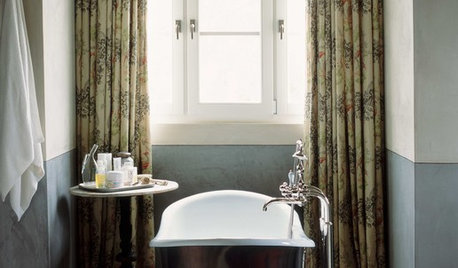
WALL TREATMENTSSurface Smarts: Venetian Plaster
Centuries-old Venetian plaster has made a roaring comeback in modern interiors. Could this old-world wall favorite work in your home?
Full Story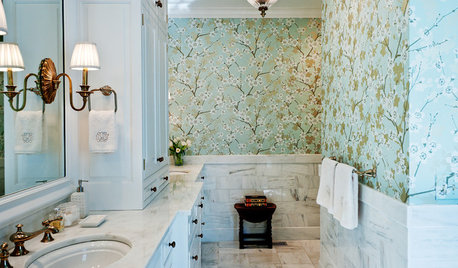
WALL TREATMENTS11 Ways to Roll With Wallpaper All Over the Home
Ditch the misconceptions and latch on to some great ideas for decorating your walls with patterned, textural and colorful wallpaper
Full Story
DECORATING GUIDESTextured Walls: Inspiration Beyond Paint and Wallpaper
See what happens when you cover a wall with glass, metal, leather, upholstery, or a mass of living green
Full Story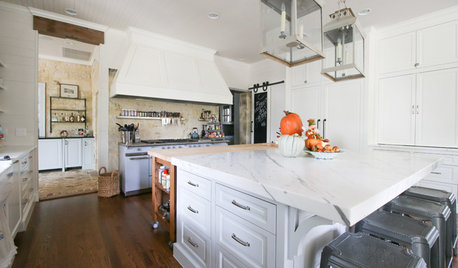
MY HOUZZMy Houzz: Historic Textures Meet Modern Touches in Texas Hill Country
An oft-renovated former log cabin now features a soothing palette and nods to New Orleans
Full Story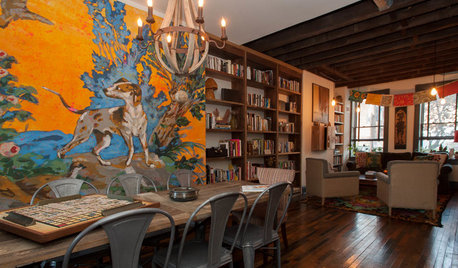
ECLECTIC HOMESMy Houzz: Color and Texture Fill an Eclectic Pittsburgh Row House
Moroccan touches join exposed brick, salvaged materials and scads of books in this home for a creative couple
Full Story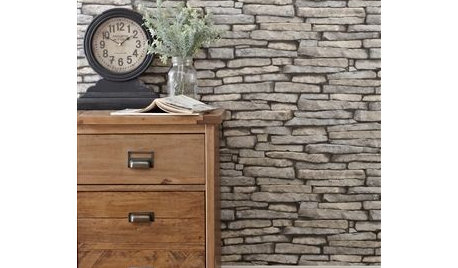
PRODUCT PICKSGuest Picks: Get in Touch With Textured-Effect Wallpapers
Mimic the look of fancy paneling, stacked stone or funky scrap wood with new wallpaper patterns on a trompe l'oeil roll
Full Story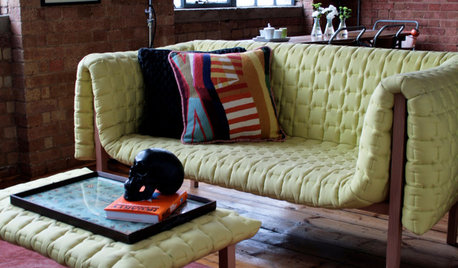
DECORATING GUIDESPlease Touch: Texture Makes Rooms Spring to Life
Great design stimulates all the senses, including touch. Check out these great uses of texture, then let your fingers do the walking
Full Story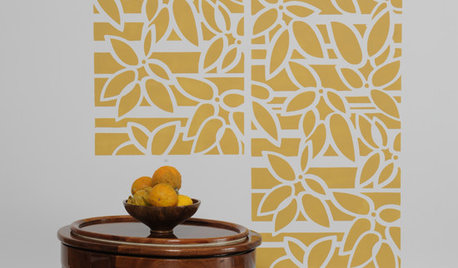
DIY PROJECTSHow to Use an All-Over Wall Stencil
Step-by-Step: Punch Up a Wall With a Bright, Bold Stencil Pattern
Full Story
HOUZZ TOURSMy Houzz: Creative Renters Triumph Over the ‘No Paint’ Rule
Not allowed to paint and limited with nails, a design-minded couple uses furnishings and textiles to make their rooms stand out
Full Story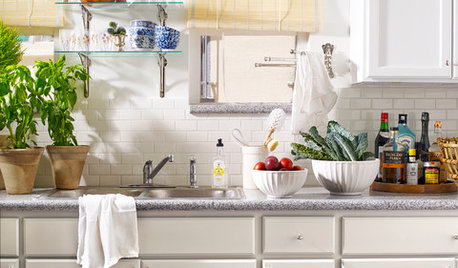
KITCHEN DESIGNKitchen of the Week: Making Over a Rental for About $1,500
Fresh paint, new hardware, added storage, rugs and unexpected touches breathe new life into a Los Angeles apartment’s kitchen
Full Story









ingeorgia
paperkiteOriginal Author
Related Professionals
Hammond Kitchen & Bathroom Designers · Magna Kitchen & Bathroom Designers · San Jacinto Kitchen & Bathroom Designers · Olympia Heights Kitchen & Bathroom Designers · Gilbert Kitchen & Bathroom Remodelers · Hickory Kitchen & Bathroom Remodelers · Pearl City Kitchen & Bathroom Remodelers · Phoenix Kitchen & Bathroom Remodelers · Rochester Kitchen & Bathroom Remodelers · Spokane Kitchen & Bathroom Remodelers · Toledo Kitchen & Bathroom Remodelers · Tulsa Kitchen & Bathroom Remodelers · Westminster Kitchen & Bathroom Remodelers · Henderson Architects & Building Designers · Royal Palm Beach Architects & Building Designerspowermuffin
azzalea
paperkiteOriginal Author
ingeorgia